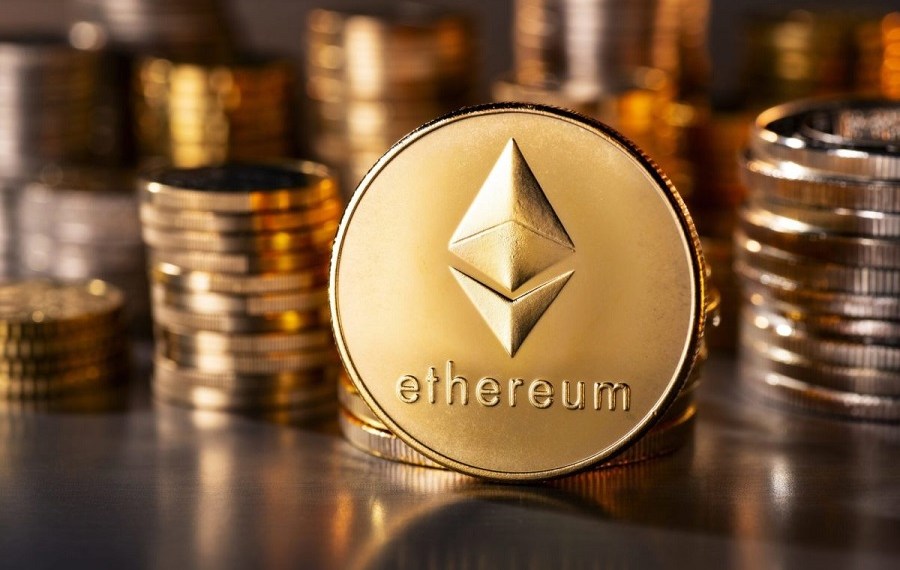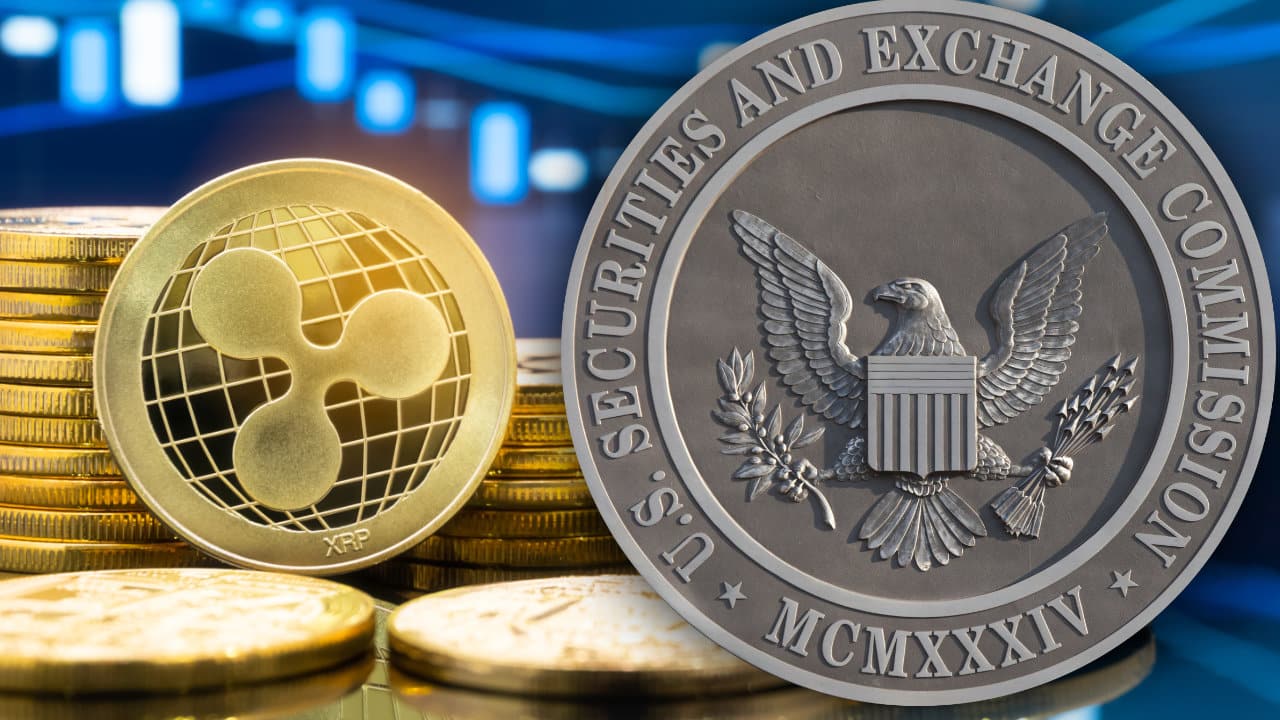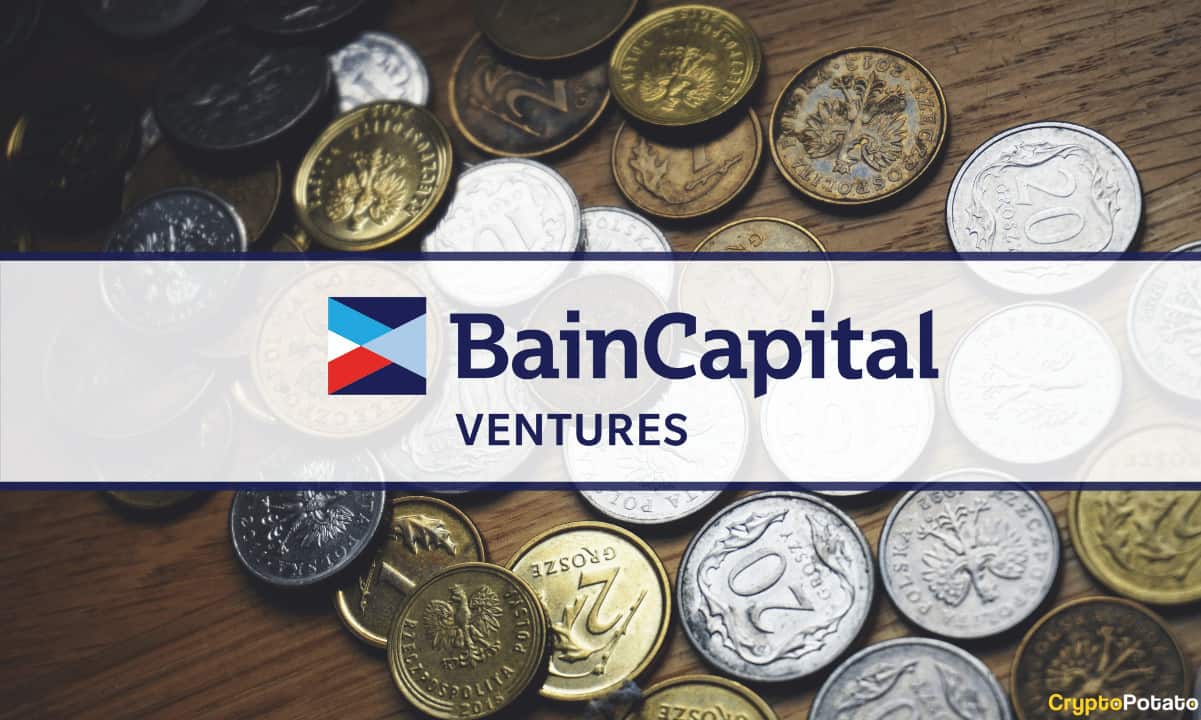The amount of Ethereum native token, ETH, held by crypto exchanges has dropped to its lowest level since September 2018, indicating traders’ intent to hold the tokens in anticipation of a price rally in 2022.
According to Glassnode data, nearly 550,000 ETH (worth approximately $1.61 billion) have left centralized trading platforms this year. The massive outflow has reduced the exchanges’ net-Ether balance to 21.72 million ETH, down from 31.68 million ETH in June 2020.
Interestingly, over 30% of all Ether withdrawals from exchanges seen in 2022 appeared earlier this week, according to data from IntoTheBlock. In particular, over 180,000 ETH left crypto trading platforms on March 15, bringing the weekly outflow’s value to slightly more than $500 million as of March 18.
According to Chainalysis data, Ether tokens could have left exchanges at an average of about 120,000 units per day this week, indicating a bullish signal. IntoTheBlock shared a similar bullish outlook, citing a fractal from October 2021 in which the Ether price rose by 15% ten days after the Ethereum network detected massive ETH withdrawals from centralized crypto exchanges.
According to IntoTheBlock, the increase in Ether withdrawals from exchanges this week coincided with approximately 190,000 ETH moving into Lido’s “stETH liquid stakin” pools. To summarize, Lido is a noncustodial staking service that helps users overcome the challenges of staking on the Ethereum 2.0 Beacon Chain, such as the requirement of staking a minimum of 32 ETH or its multiples.
Furthermore, Lido proposes that the capital efficiency problem be solved by issuing stETH, a tokenized version of staked ETH.
Over the last 30 days, Ether holders have invested over 1 million ETH in the Ethereum 2.0 contract. And, as the protocol prepares to transition completely to proof-of-stake (PoS) in the summer — following its “Merge” earlier this week on the Kiln testnet — the likelihood of more Ether tokens leaving active supply has increased.
The optimism surrounding Ethereum’s transition to proof-of-stake has caused Ether to rebound this week. The price of ETH has risen by more than 17% week to date, reaching nearly $3,000. Surprisingly, the upward retracement began at a technical level, with rising trendline support, which has a recent history of limiting Ether’s bearish outlooks.
Ether’s gains could be limited by another technical level, this time a falling trendline resistance that has also played a role in limiting its upside attempts since January 2022.
These trendlines appear to have formed a continuation pattern known as a symmetrical triangle, indicating that Ether will most likely continue in the same direction as before. For the time being, a pullback from the triangle’s resistance trendline could send ETH back toward the triangle’s support trendline.







































